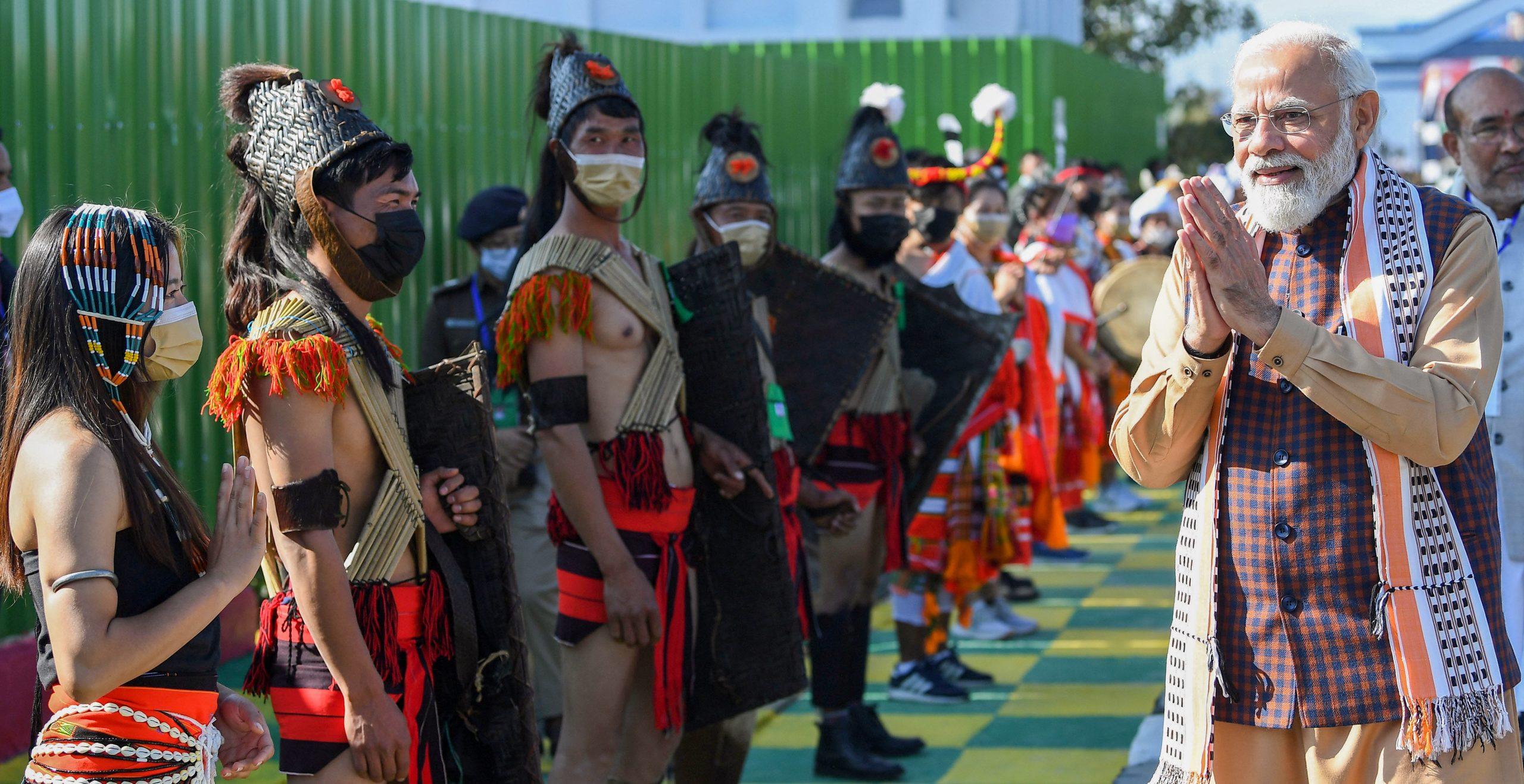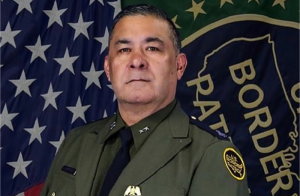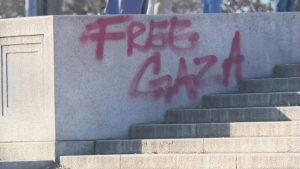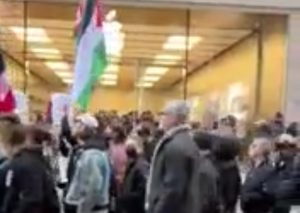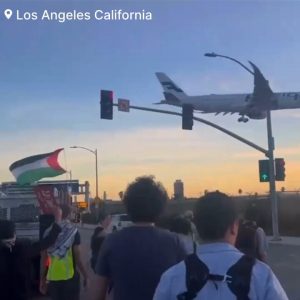Indian Prime Minister Narendra Modi was stranded on a flyover in poll-bound Punjab for nearly 20 minutes on Wednesday due to protesters blocking roads, an incident that the Ministry of Home Affairs (MHA) has described as a “serious security lapse.” The MHA has also asked the Punjab government to identify those responsible for the lapse and take strict action to ensure that it is never repeated. In light of this incident, here’s a glimpse into how security for events are planned for the Indian Prime Minister, and what exactly went wrong on Wednesday.
How the Prime Minister’s security is planned for visits:
While the elite Special Protection Group (SPG) is responsible for the overall protection of the Prime Minister, security at events generally require coordination between central and state agencies.
Three days before a visit by the Prime Minister, the SPG holds a mandatory meeting known as the Advance Security Liaison (ASL) with every agency and person involved with the PM’s security, namely, SPG officials, Intelligence Bureau (IB) officials in the concerned state, state police, and the district magistrate.
Also read | What kind of security detail does Indian Prime Minister Narendra Modi have
The attendees discuss every minute detail related to the PM’s security for the event. In particular, the PM’s mode of arrival (by rail, air, or road) and mode of transport to be taken to the venue (generally via helicopter or by road) are discussed and the situation on the ground is assessed using intelligence inputs from both central and local intelligence agencies. Furthermore, aspects related to security at the venue itself, such as points of entry and exit, frisking, stationing of guards, etc. are also discussed.
Once the meeting concludes, an ASL report is prepared, signed by all attendees, which contains the details about the security arrangements to be made for the PM. The final call on what security arrangements will be made for the PM is taken by the SPG.
What happens in case of a sudden change in the PM’s plans?
The SPG, central, and state agencies also draw up a contingency plan during the ASL meeting as the PM’s plans can be subject to sudden change. According to people familiar with the matter, this happens quite often, usually due to poor weather, and the PM’s plans have to be modified accordingly.
What happens if unanticipated protests erupt during the PM’s visit?
Sources familiar with the planning process told Indian Express that protests are always considered to be a risk to any VIP’s movement, especially if that VIP happens to be the PM.
Also read | Prime Minister Narendra Modi’s Ferozepur rally cancelled due to protesters
Given this risk, the SPG, in conjunction with central and state agencies, usually come up with ways for the state police to thwart protests that could endanger the PM. Generally, the inputs of local intelligence agencies are taken, potentially risky groups are identified, and preventive action is taken.
So what went wrong in Punjab?
The “security lapse” in Punjab has sparked a war of words between the central government and the Congress government in the state. While Punjab Chief Minister Charanjit Singh Channi has said that the lapse happened because of the sudden change in PM Modi’s plans, the MHA maintains that the change of plan was communicated to the government well in advance.
Also read | Security breach: President Kovind expresses concern, to meet Prime Minister Narendra Modi
Even opinions are divided on what may have transpired. For instance, former police officer O P Singh told Indian Express that the Punjab Police were to blame, saying, “In the case of Punjab, when the PM chose to travel by road because of bad weather, it was the responsibility of the local police to sanitise the entire route, place snipers on rooftops… SPG never allows the PM to move unless it has got the go-ahead from the local police about the security of the route. This was not even a road cross-section. It simply means that the local police failed to secure the entry and exit of the flyover. Let’s remember, Punjab is a state bordering Pakistan. This was a serious security lapse.”
Meanwhile, a former SPG chief who did not want to be named told Indian Express, “If the Punjab DGP told the SPG that there were inputs of farmers planning protests, or there was some brewing unrest in the area, the SPG should have taken the call to avoid going.”

